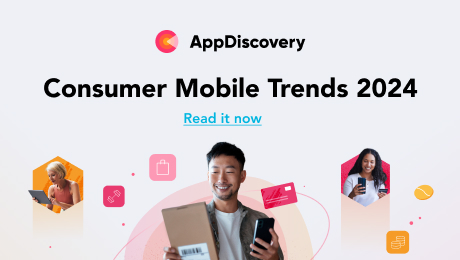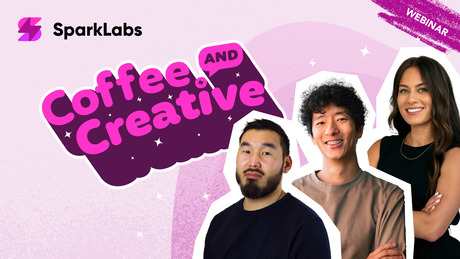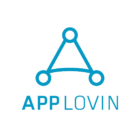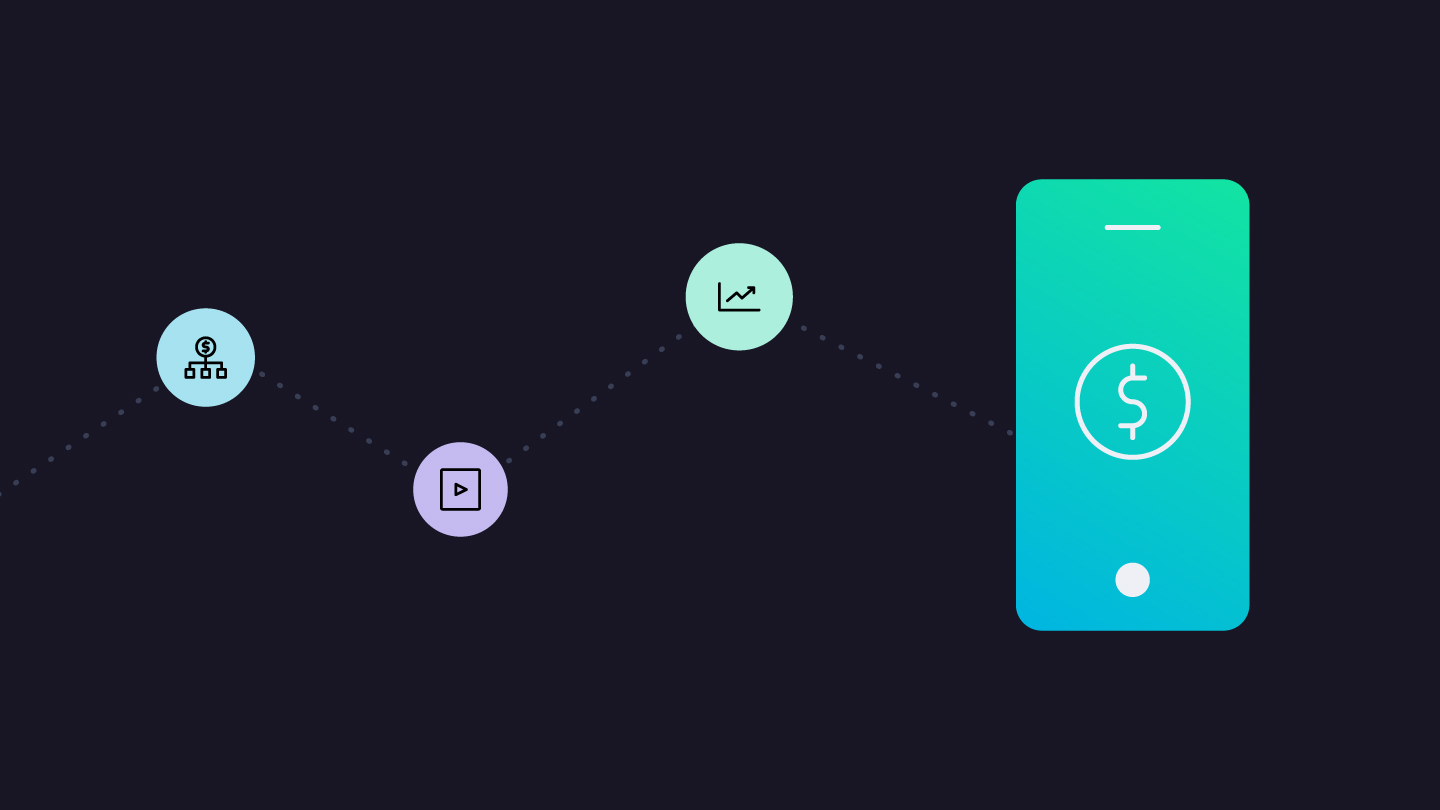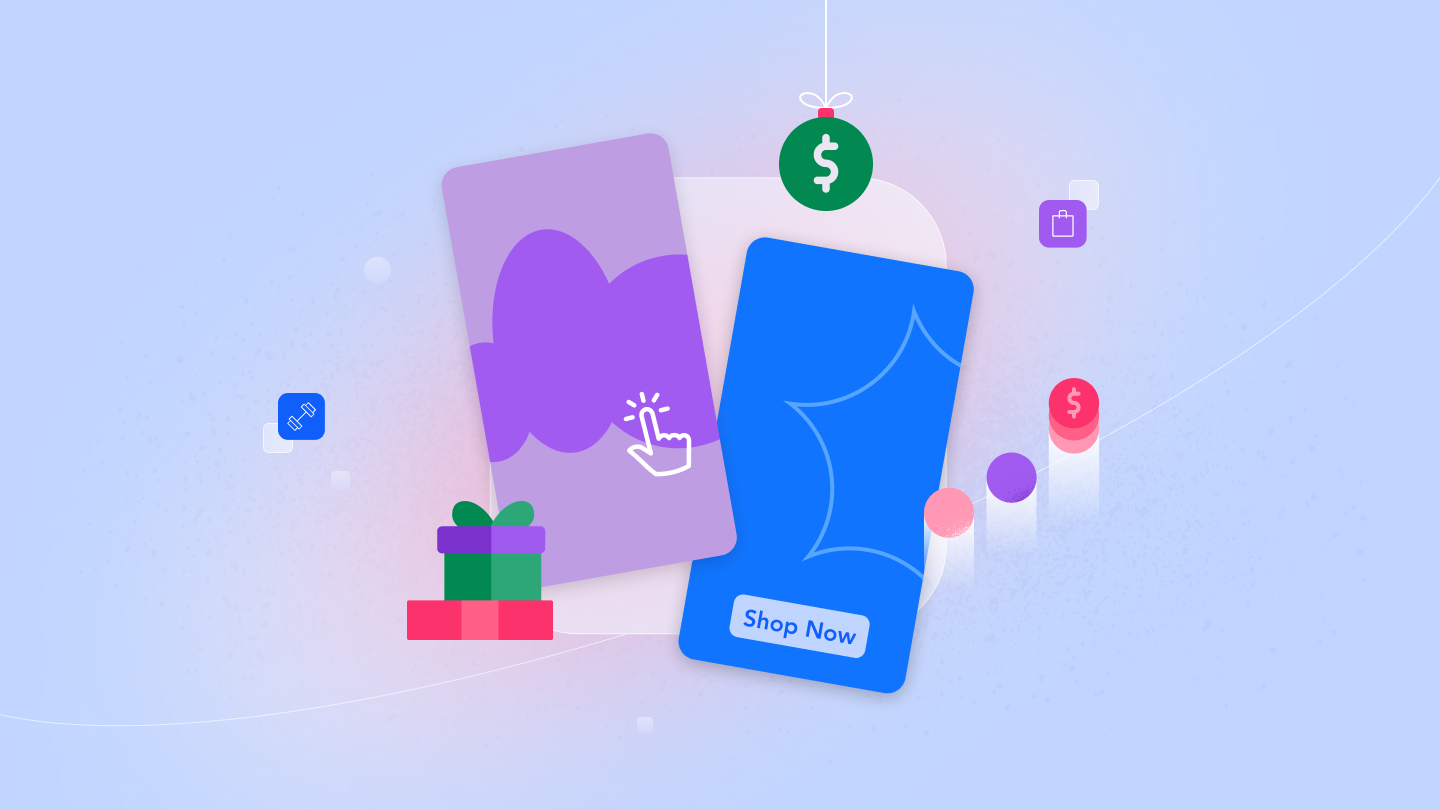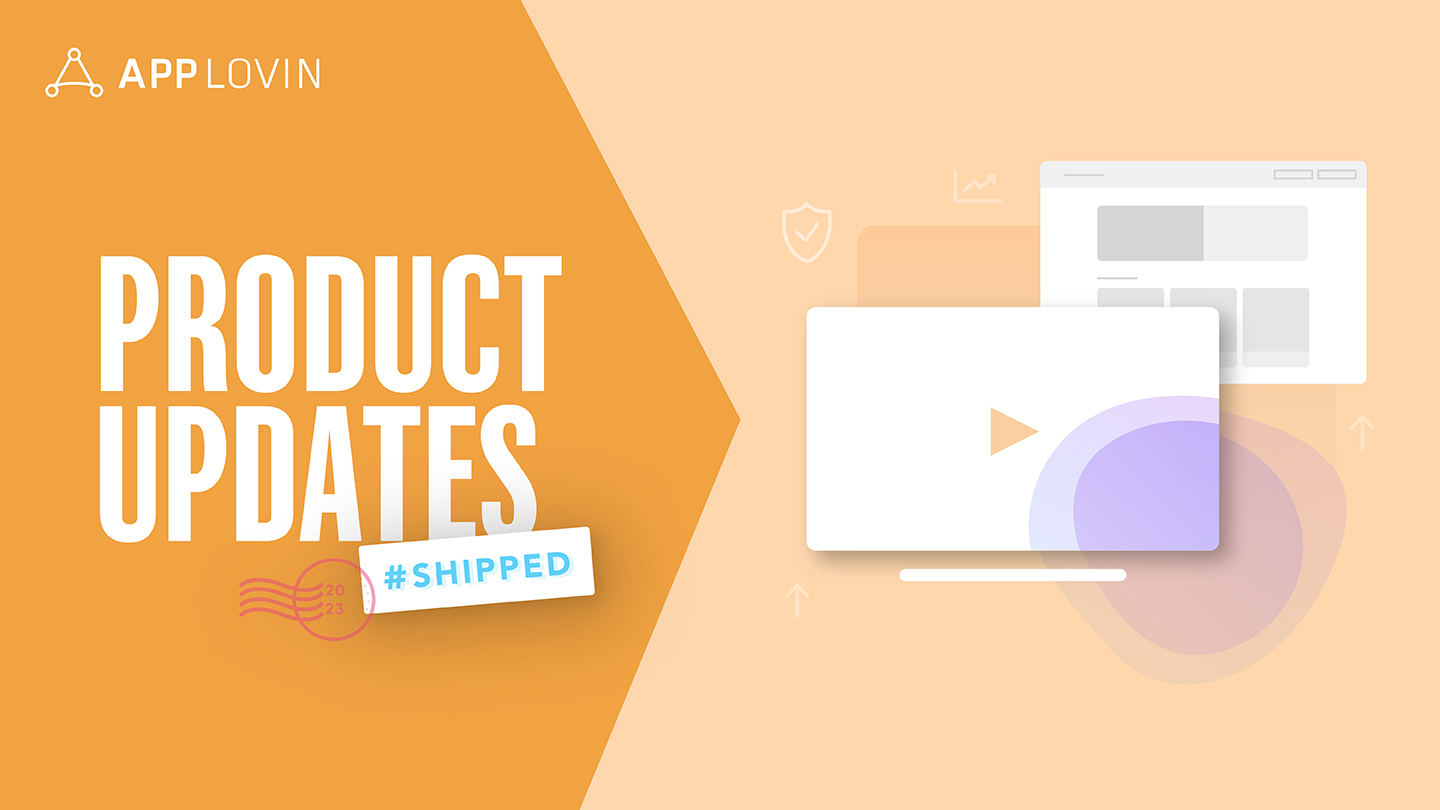As mobile ad spend and mobile usage continue skyrocketing, huge opportunities await developers through in-app advertising. And according to Data.ai’s State of Mobile 2022 report, consumer spending in apps reached $170B in 2021 as new app downloads continue increasing year-over-year. In addition, mobile ad spending grew 23% year-over-year in 2021 and reached $295 billion.
App Annie further predicts mobile ad spending will reach $350 billion by the end of 2022, bolstered by how users have changed their mobile habits due to the pandemic. And currently, consumers spend an average of up to 4.8 hours on their devices — with 90% of that spent in-app — a figure that eclipses TV viewing.
Also consider:
- It’s estimated that by the end of 2022, there will be more than 7 billion mobile users.
- In 2021, consumer spend on mobile reached more than 43 billion in the US alone (data.ai, State of Mobile 2022 report).
- Furthermore, Statista projects combined user spending on mobile apps in the Google Play Store and App Store will reach 270 billion U.S. dollars by 2025.
In-app advertising: what you need to know
Mobile app advertising allows app developers to make money through ads delivered inside of their mobile apps. These ads are served through a mobile ad network –– a platform that connects developers and advertisers.
Over the years, the format for mobile advertising has changed because of the sheer number of apps on the market. Changing formats, programmatic ad buying, and real-time bidding have all made it possible for developers to automate and more efficiently manage ads. In addition, ads have evolved to become more intuitive and integrate better with the mobile user experience.
For example, some ads show users key app features and then ask the user to upgrade. Similarly, mobile gaming apps can allow players to play a few levels for free before paying to unlock the full game.
Meet the players
It takes a number of players to get an ad to appear in an app:
- Advertisers — Advertisers represent the creative collaborators who design mobile ads, develop a campaign strategy, and then launch the ad campaign.
- App publishers — App publishers (developers) integrate a mediation platform and multiple ad networks through a software development kit (SDK).
- Ad network — The ad network is the connection between advertisers and publishers. The ad network ensures that the ad supply from publishers is matched with the advertiser’s demand.
- Mediation solutions — The mediation solution helps developers maximize ad revenue by connecting them to multiple ad networks and then optimizing the yield across all of the connected demand sources. This drives more competition and higher profits for developers.
How does in-app advertising work?
Briefly, when an ad is requested it goes through the mediation solution first. From there, it goes to the ad network and figures out the highest paying ad for that user. Ad networks can promote an app to thousands of users and drive high-quality traffic by targeting users that are more likely to engage with the ad.
To learn about the disparity between mobile use and IAA spend, check out this blog.
Meet the formats
There are a variety of ad formats that serve different purposes in order to reach a user to get them to engage and ultimately drive higher revenue for you. Here are the main ad formats to be aware of:
- Interstitial ads — Interstitials grab the viewer’s attention by taking over the entire screen during a natural pause or transition in the app — for example, in between levels of a game. You need to be strategic in how and where to use these ads. While interstitials can be very effective and engaging, they can be jarring to the user if used improperly.
- Banner ads — Also known as display ads, banner ads are a traditional method of advertising that takes up space either at the top or bottom of a screen. Learn more here.
- Rich media ads — Rich media ads are delivered in the form of a mobile banner ad format that includes a set of HTML, CSS, JS, and image files. Mobile rich media ad type enables the advertiser to implement the boldest creative ideas.
- Rewarded video ads — These are opt-in ads that give players the option to view them in exchange for some sort of reward. In a game, for example, the player could be rewarded with an extra life, in-game currency, or power-ups after they watch the video.
- Native ads — Native ads blend into the natural experience of the app in which they are placed. They are typically best placed in-stream with the rest of your content, such as after an action has taken place or in between levels of a game. Native ads should also be relevant to the users viewing them — an ad for running shoes, for example, could be placed in a running tracker app.
- In-stream video ads — These ads are shown within the video, either before, during, or after the video plays.
- Playable ads — Typically used for games, playable ads allow the user to actually play the game for a short period to entice them to download the full game.
What in-app advertising can do for you
- You can earn more money — The variety of ad formats gives developers different avenues to test and find the ones that work best. You can also combine in-app ads with in-app purchases — a proven strategy.
- Create a better user experience — Designing an ad so it flows seamlessly within an app creates a less disruptive and generally more engaging experience. Rewarded video gives the user the option to engage with an ad, whereas native ads flow seamlessly within the host app without disrupting the overall app experience.
- Improve user engagement and retention — A user is more likely to engage with an ad that is integrated properly, provides value, and is minimally disruptive. This can ultimately improve user retention and in-app engagement—metrics that drive lifetime value, or LTV.
How we can help you
Understanding the different kinds of in-app ads is an important component in scaling your apps and business. And we’ve got the tools to help you do it all.
AppLovin’s MAX platform will help you maximize your ad revenue through in-app advertising and monetize your apps. Here’s why it’s the secret weapon for app developers.
Once you’ve increased your earnings with MAX, it’s time to use AppDiscovery to grow your app and take it to the next level through smart user acquisition.
Finally, reach your ideal audience on mobile with The AppLovin Exchange — the industry’s leading in-app RTB exchange — and unlock access to premium, global, brand-safe inventory through more than 120 DSPs and more than 140,000 apps.
